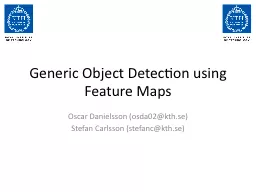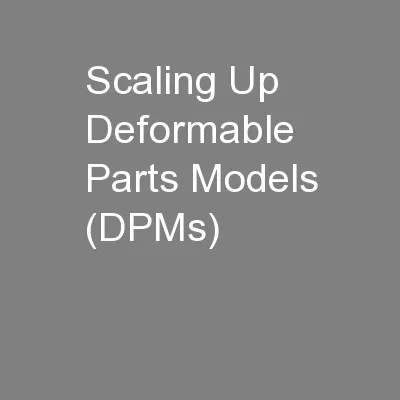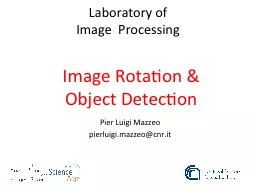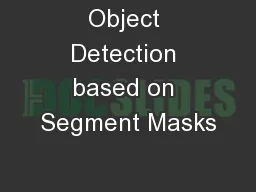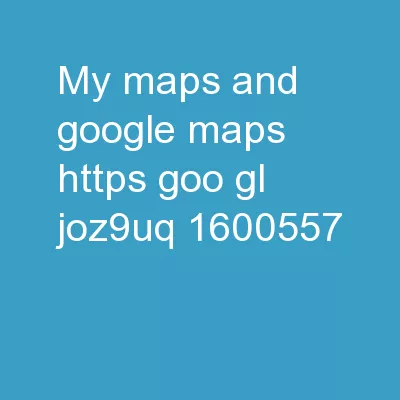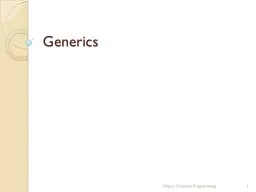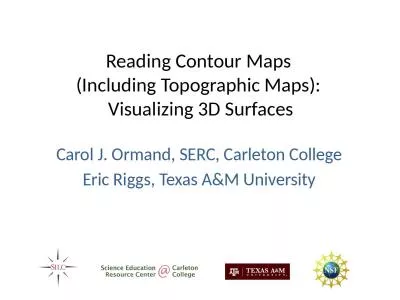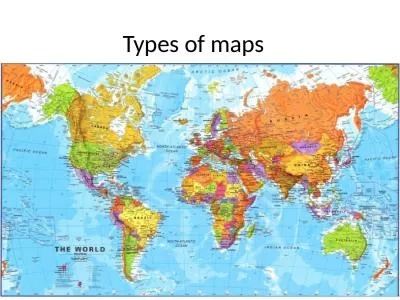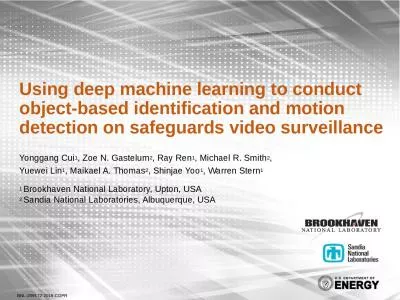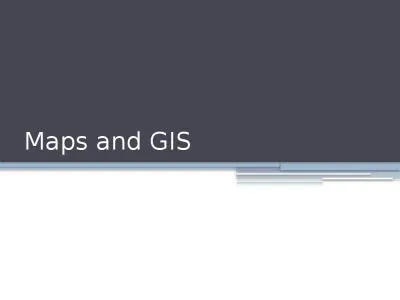PPT-Generic Object Detection using Feature Maps
Author : yoshiko-marsland | Published Date : 2016-07-21
Oscar Danielsson osda02kthse Stefan Carlsson stefanckthse Outline Detect all Instances of an Object Class The classifier needs to be fast on average This is
Presentation Embed Code
Download Presentation
Download Presentation The PPT/PDF document "Generic Object Detection using Feature M..." is the property of its rightful owner. Permission is granted to download and print the materials on this website for personal, non-commercial use only, and to display it on your personal computer provided you do not modify the materials and that you retain all copyright notices contained in the materials. By downloading content from our website, you accept the terms of this agreement.
Generic Object Detection using Feature Maps: Transcript
Download Rules Of Document
"Generic Object Detection using Feature Maps"The content belongs to its owner. You may download and print it for personal use, without modification, and keep all copyright notices. By downloading, you agree to these terms.
Related Documents

